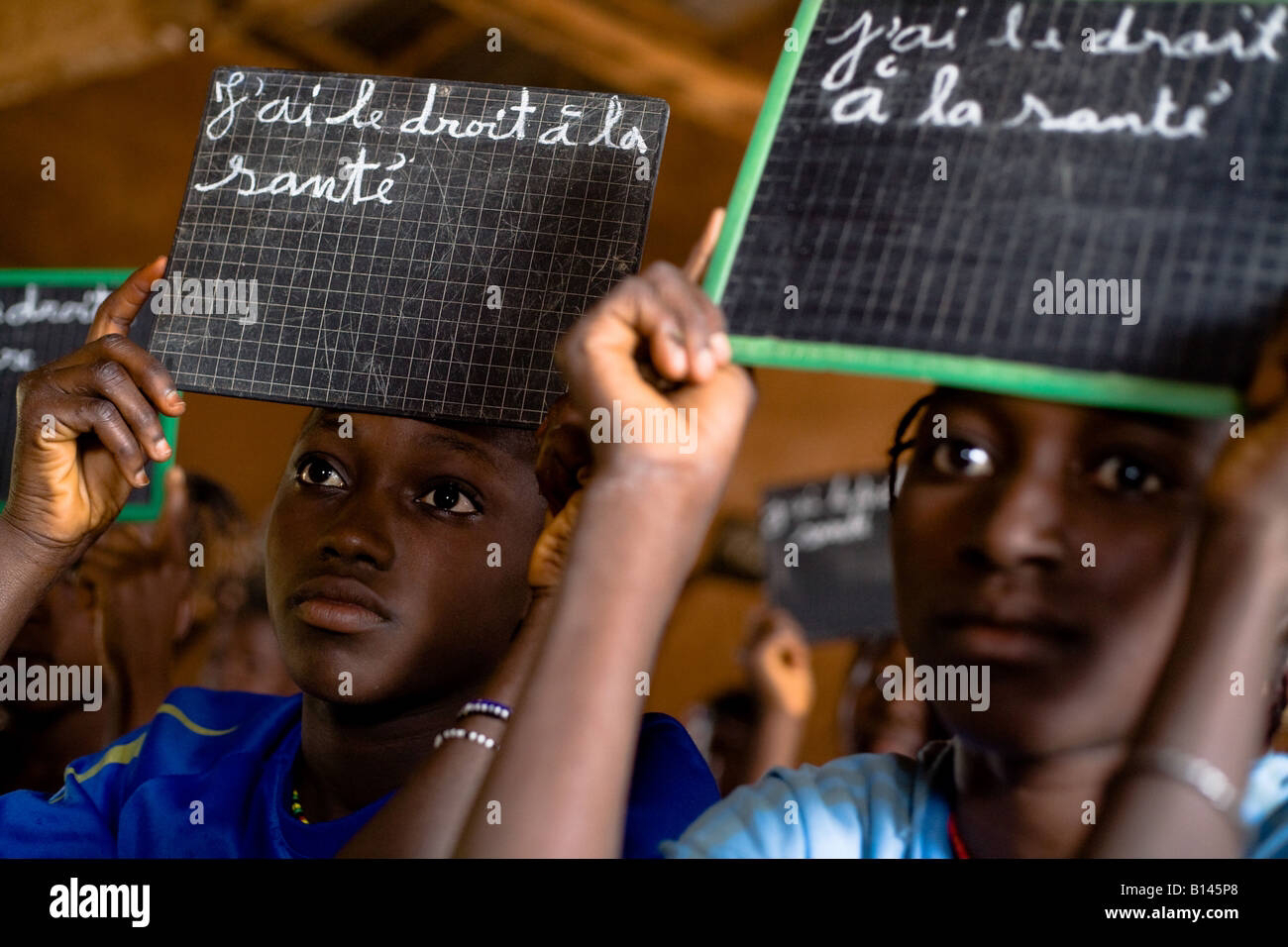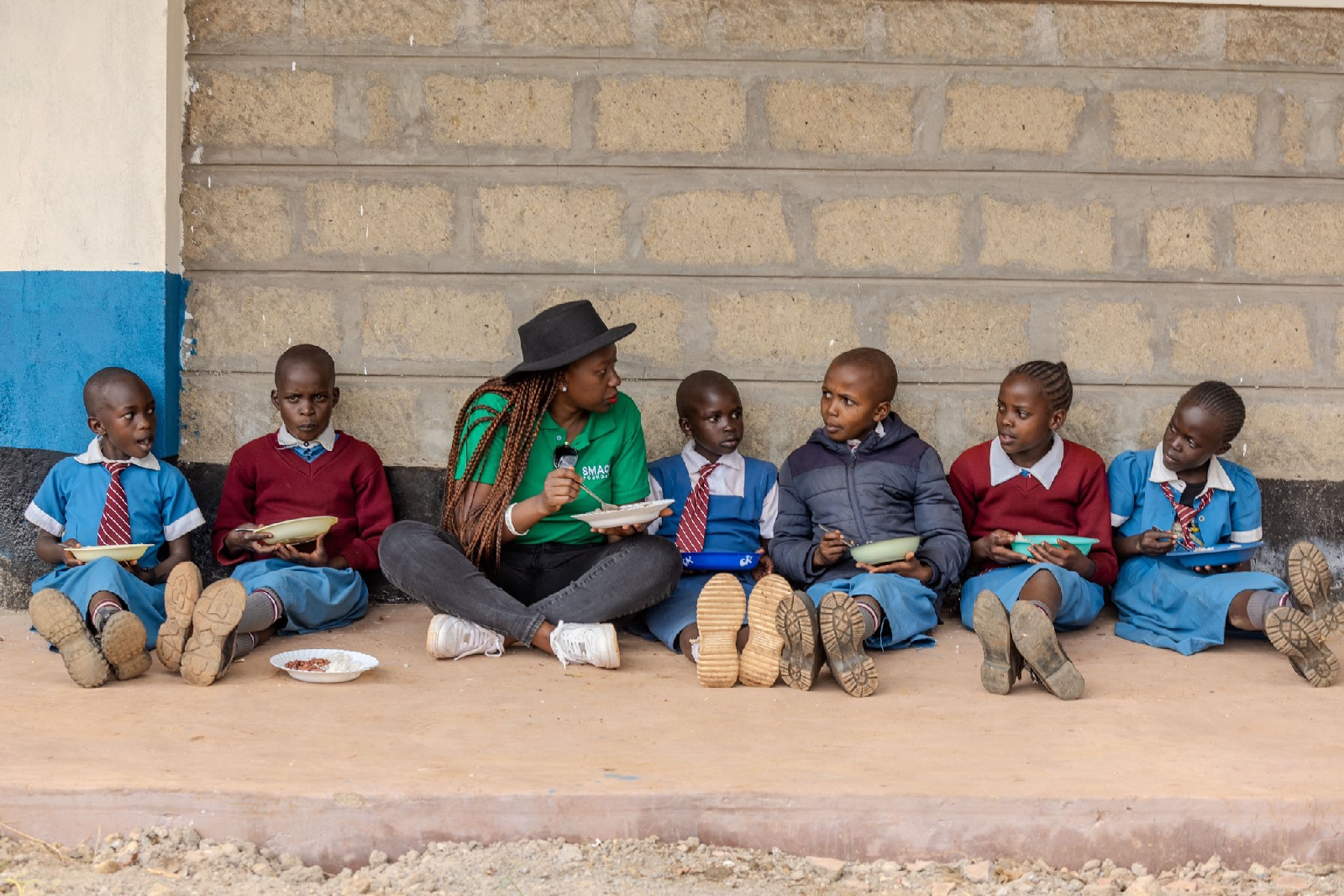Enhancing Youth Access to Education and Promoting Equity in Kenya and the East African Region: Challenges and Solutions
Enhancing Youth Access to Education and Promoting Equity in Kenya and the East African Region: Challenges and Solutions
Introduction
Education is a fundamental human right and a powerful tool for transforming lives, communities, and nations. In Kenya and the broader East African region—including Uganda, Tanzania, Rwanda, South Sudan, and Ethiopia—significant efforts have been made over the past few decades to improve access to education. However, the challenge remains not only in expanding access but also in ensuring equity, quality, and inclusivity across diverse socioeconomic, geographic, and gender divides.
This article explores the current status of youth access to education in Kenya and East Africa, outlines major challenges to equitable education, and proposes strategies to overcome these obstacles. With over 70% of the region's population under the age of 30, empowering the youth through education is no longer optional—it is urgent and essential.
The State of Youth Education Access in Kenya and East Africa
In Kenya, the introduction of Free Primary Education (FPE) in 2003 and Free Day Secondary Education (FDSE) in 2008 marked significant policy milestones. These initiatives resulted in increased enrollment rates at both the primary and secondary school levels. Other East African countries, such as Uganda and Tanzania, have implemented similar policies. Uganda was the first country in sub-Saharan Africa to introduce Universal Primary Education (UPE) in 1997.
Despite these commendable efforts, challenges remain. While gross enrollment rates have increased, disparities in completion rates, transition to secondary and tertiary education, and overall education quality continue to affect marginalized groups, particularly girls, rural communities, urban slum dwellers, refugees, and persons with disabilities.
Key Challenges to Youth Access and Equity in Education
1. Poverty and Economic Inequality
Many families across East Africa cannot afford hidden costs of education such as school uniforms, books, exam fees, transportation, and boarding. Even with tuition-free policies, these expenses create barriers that force children—especially girls—to drop out. In pastoralist and farming communities, youth are often required to help with household income-generating activities instead of attending school.
2. Gender Disparities
Cultural norms and practices, such as early marriage, female genital mutilation (FGM), and preference for educating boys over girls, continue to hinder girls' education. In Kenya’s arid and semi-arid lands (ASALs), the dropout rate for girls remains particularly high due to early pregnancies, poor access to menstrual hygiene facilities, and societal pressure.
3. Poor Infrastructure and Learning Conditions
Many schools in remote and marginalized areas lack basic infrastructure—classrooms, desks, clean water, electricity, sanitation facilities, and learning materials. Teacher absenteeism, overcrowded classrooms, and underqualified staff further degrade the quality of learning. In slums like Kibera in Nairobi or Katwe in Kampala, informal schools operate under extremely poor conditions without government support.
4. Conflict and Displacement
Political instability, inter-communal violence, and regional conflicts continue to displace millions of young people. Refugee youth in camps like Dadaab and Kakuma in Kenya face immense educational barriers. Many refugee children spend years out of school due to lack of documentation, inadequate facilities, or insecurity.
5. Digital Divide and Technological Inequality
The COVID-19 pandemic exposed the digital divide in East Africa’s education systems. While some learners continued with online learning, many rural and low-income students lacked internet connectivity, digital devices, or even electricity. The shift to remote learning further widened the gap between the privileged and the marginalized.
6. Language and Curriculum Challenges
In multilingual countries like Kenya and Tanzania, the language of instruction often becomes a barrier, especially in early grades. A rigid curriculum that prioritizes exams over creativity, life skills, and innovation does not serve the needs of today’s youth.
How to Curb These Challenges and Promote Equitable Education
Solving the crisis of youth education and equity in East Africa requires multi-pronged, inclusive, and context-specific strategies. Below are practical recommendations to address the identified challenges.
1. Expand Financial Support and Social Safety Nets
Governments should expand bursaries, scholarships, school feeding programs, and conditional cash transfers targeting vulnerable children. In Kenya, the Constituency Development Fund (CDF) and the Wings to Fly Program by Equity Bank Foundation are good examples of targeted interventions. These should be scaled and replicated across the region.
Additionally, free sanitary pads for girls, provision of school uniforms, and transport subsidies in remote areas will enhance retention, especially among disadvantaged groups.
2. Improve School Infrastructure and Resources
National and county governments, with support from development partners, must invest in building and renovating schools in under-served regions. This includes:
- Building gender-friendly toilets.
- Ensuring access to clean water and electricity.
- Supplying sufficient textbooks and digital learning tools.
- Recruiting and training more qualified teachers.
Introducing mobile schools and community learning centers can also cater to nomadic communities and children in hard-to-reach areas.
3. Empower and Protect Girls
Community-based programs that address harmful cultural practices such as early marriage, FGM, and gender-based violence must be expanded. Engaging local leaders, parents, religious institutions, and youth champions can help shift societal attitudes.
Comprehensive sexuality education (CSE), provision of menstrual hygiene products, and strong school counseling services can significantly reduce early pregnancies and absenteeism among girls.
4. Invest in Digital Learning and Innovation
To bridge the digital divide, governments must expand broadband internet coverage, especially in rural areas. Provision of affordable or subsidized devices such as tablets or laptops can empower learners to access online resources.
Local ed-tech companies and NGOs like Eneza Education, BRCK Kio Kits, and Ubongo (in Tanzania) are developing low-cost, SMS-based or offline learning tools that can reach learners in remote and disadvantaged areas. Public-private partnerships can help scale these innovations.
5. Support Refugees and Internally Displaced Youth
Refugee-hosting countries must adopt inclusive education policies that allow refugees to attend public schools and sit national examinations. Initiatives like UNHCR’s Instant Network Schools (INS) that provide solar-powered digital classrooms can be extended to more refugee camps and conflict zones.
Collaborations between governments, humanitarian agencies, and civil society should ensure learning continuity in times of crisis through mobile schools, radio programs, and temporary learning spaces.
6. Reform Curriculum and Promote Life Skills
Education systems should move away from exam-centric approaches and integrate life skills, vocational training, entrepreneurship, climate awareness, and digital literacy. The Competency-Based Curriculum (CBC) in Kenya is a promising step, but its implementation must be properly resourced and monitored.
TVET (Technical and Vocational Education and Training) institutions must be modernized, de-stigmatized, and aligned with labor market needs. Countries like Rwanda are making progress in this area through their workforce development programs.
7. Community Engagement and Accountability
Local communities play a critical role in ensuring that education services are effective and inclusive. School management committees (SMCs), parents' associations, and youth councils should be empowered to monitor school performance, manage resources, and ensure transparency.
Educating parents on the value of education—especially for girls—will help change attitudes and increase school enrollment and completion rates.
8. Regional Collaboration and Policy Alignment
East African governments must work together under platforms like the East African Community (EAC) and IGAD to harmonize education standards, share best practices, and support cross-border learners. Common education frameworks can also support refugee learners and youth affected by displacement.
Joint investments in education infrastructure, data systems, and teacher training will contribute to a more integrated and resilient education ecosystem.
Conclusion
Access to equitable and quality education for all youth is not just a developmental priority—it is a moral and strategic imperative. In Kenya and the wider East African region, millions of young people still struggle to realize their right to learn due to poverty, gender bias, displacement, poor infrastructure, and other systemic barriers.
However, these challenges are not insurmountable. Through inclusive policies, targeted funding, community empowerment, innovative technology, and regional collaboration, we can build education systems that work for every child—regardless of their background, gender, or location.
The youth are the foundation of East Africa’s future. Investing in their education today guarantees a more prosperous, peaceful, and just tomorrow. It’s time to move from policy promises to practical action—so that every youth, whether in Kibera, Karamoja, Kagera, or Kakuma, can unlock their full potential through education.









Comments
Post a Comment